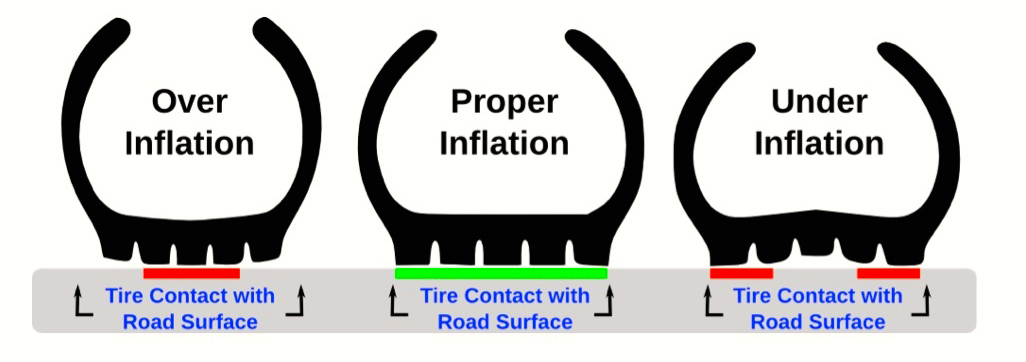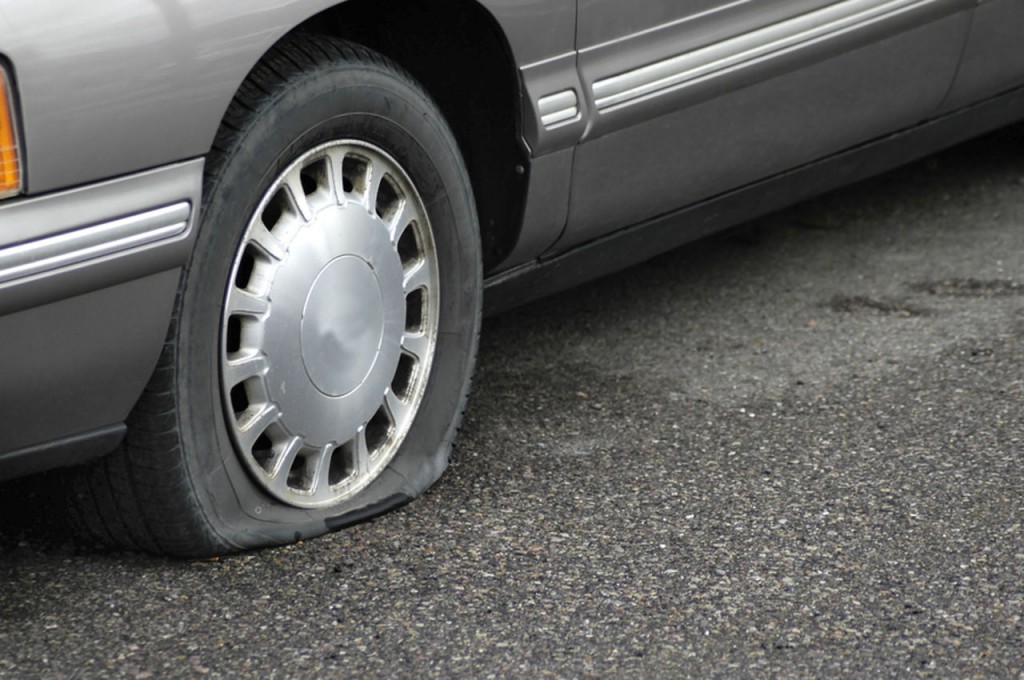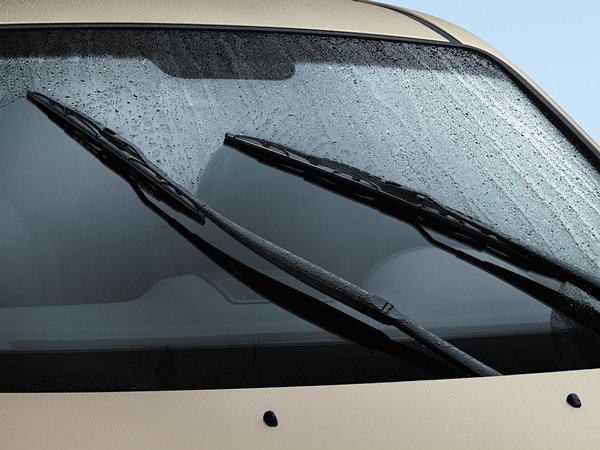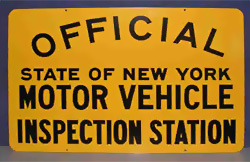Posted on 6/15/2017

Tire InstallationHow to Properly Inflate Your Tires to Stay Safe on the Road (Part 2) NOTE: This is the second part of our series on tire inflation. Please click here for Part 1. How do you check the inflation level of your tires? There are many people who are unsure how to do this or people who think they can just look at a tire to determine if it is under or over-inflated. Estimating the air pressure level in your tire by looking at them will never give you accurate results. There is a small tool that can be purchased at any auto supply store, as well as many home improvement centers, and perhaps your local hardware store. It's called a tire pressure gauge, and you can simply place it on the nozzle of your tire and get a reading of the air pressure within your tires. Trying to gauge it by eye may result in 20% over-inflated ... read more
Posted on 6/14/2017

Tire InstallationHow to Properly Inflate Your Tires to Stay Safe on the Road (Part 1) Your vehicle's tires are obviously important- and if you've ever experienced a tire blowout while driving, you know how frightening it can be. It can throw your car around, which can be disastrous if you are not able to get it back under control. Everyone understands the importance of having tires on their vehicle, but what's odd about it is most people don't take the time to check their tires - or are not checking them frequently enough. In fact, studies show that tires are the most neglected part of a vehicle. When your tires are not properly inflated, it is not only a safety hazard, but you end up costing yourself more money since under, or over-inflated tires will reduce your vehicle's gas mileage. With the ever-increasing price of fuel, this can result in a large amount of wasted money. The actual life of your tire is also reduced with un ... read more
Posted on 10/10/2016
Wiper BladesThe Importance of Windshield Wiper Blade Replacements (Part 2)It’s not just about safety and possible accidents There is another factor that’s rather important to many: aesthetics. That’s right; a lot of us are extremely sensitive when it comes to our car’s looks. We want them to be at their best not just from a mechanical, but also from an aesthetic standpoint. It is often the number1 priority in choosing to purchase an automobile. A lot of us want to drive good looking cars and there is nothing shameful about this. What are the main characteristics of a car that will determine its looks? You have the design itself of course, the size, the shape, the wheels and the lights, then of course the windshield as well. Not just its size and shape what’s important, but also how clean it is. You can take care of it by washing it regularly of course, but a quality wiper should always be a part of your setu ... read more
Posted on 10/7/2016

Wiper BladesThe Importance of Windshield Wiper Blade Replacements (Part 1) It's not just about the engine or the tires, but every little moving part that makes the car perform at its absolute best. For this to happen, it needs care, it needs you. Your windshield is one of the underrated components of your car, a component that's responsible for your visibility and also, your general safety while driving. Let's take a look at the various reasons why replacing your windshield wiper blade replacement is so important. Safety is first and foremost A large percentage of accidents happen because of compromised visibility. What can cause this? Usually it's dirty or cracked windshields. Dirt is obvious; it sticks to the surface and directly compromises your visibility. That's not all dirt does, either. The dirt on your windshield can actually weaken its structural integrity over time, making a possible cracking episode &ndas ... read more
Posted on 9/9/2016

Understanding the New York State Automotive Safety Inspections Requirements (Part 3) This is part 3 of our series on New York State safety inspections. · Click here for part one. · Click here for part two. Emissions inspections for cars and light trucks The Federal Clean Air Act passed in 1990 requires that the New York State carries out an inspection program towards minimizing dangerous emissions from mainly passenger cars and light-duty trucks. The inspection is carried out jointly with the safety inspection. When a vehicle fails the emissions inspection, it cannot be registered and if it already registered, it may not be renewed. On-Board Diagnostics Generation II (OBDII) Inspection This inspection requ ... read more